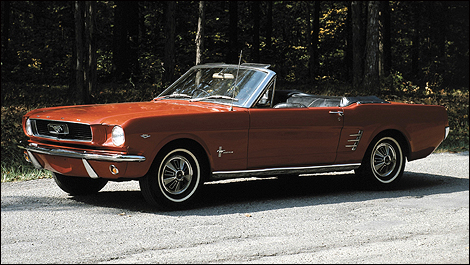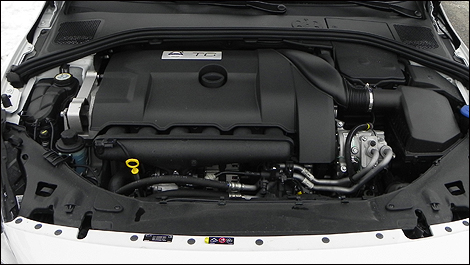For decades, most powerful vehicles ran big, heavy engines that had to drink aggressively, even when they weren’t really working. Big engines are a car-buff staple and loved by gearheads the world over-- but economic mayhem and haywire gas prices have left automakers looking for a new, more
fuel-efficient way to give their products some serious jam.
 |
| Photo: Thinkstock |
Of course, there’s no replacement for displacement—but lately, turbocharging is putting up a better argument than ever. Today’s turbo technology is the best it’s ever been, and automakers are launching more smaller-displacement, turbocharged engines in their lineups. Add in systems like Variable Valve Timing (VVT) and Direct Injection (DI), and the benefits of a turbocharged engine are further enhanced.
Just what is a turbocharger anyways? Very simply, it’s an exhaust-gas driven turbine that forces pressurized air into its engine, ‘boosting’ it. By matching this pressurized air with additional fuel, the turbocharger enables a virtual increase in displacement and performance in an on-demand manner.
End of the day, using a turbo system to ‘boost’ a small engine gives drivers the on-demand performance of a bigger powerplant alongside the potential for smaller-engine fuel bills. It’s all up to one’s right foot.
With a small-displacement turbo engine on duty, drivers only pay the fuel penalty on the power they use-- rather than feeding a bigger powerplant all the time. With comparative fuel savings of some 20 percent or more possible, it’s no wonder turbo four and six-cylinder engines stand to make V6 and V8 engines obsolete, respectively. In fact, in some high-end market segments, turbo V8 engines have already sent 10 and 12-cylinder powerplants packing.
Volvo has been offering turbocharged engines in their vehicles for many, many years. The Swedish automaker’s Boosting Systems Technical Expert, Hakan Bjornsson, explains the benefits.
 |
| 2011 Volvo S60 (Photo: Justin Pritchard/Auto123.com) |

